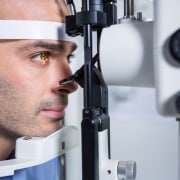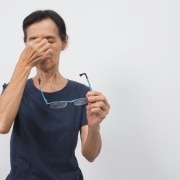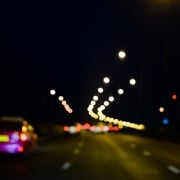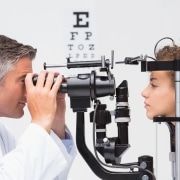How Sports Vision Therapy Works
Sports vision therapy is a type of vision training to help patients improve how well they see. Unlike reading glasses or corrective contact lenses, sports vision training is aimed at patients with good vision.
Once you have 20/20 vision, you can improve your vision capabilities safely and healthily. Learn more about sports vision training and see if this is an ideal option in Wilmington, NC, at The Low Vision Center of North Carolina.
What is Sports Vision Training
Sports vision training is a type of vision therapy that helps patients improve their focus and ability to see objects at a distance. Whether you are a bird watcher, golfer, or someone who loves nature, you can get more out of life with sports vision training. However, sports players also benefit from being able to see more clearly and sharper.
Do I Need Sports Vision Treatments
If you play sports or are a budding athlete, sports vision therapy is tailored to the needs of sports players on the field. Improve the way you see small objects from afar even on a grassy lawn.
Develop stronger vision as you watch objects, such as balls or arrows, fly past you and maintain a visual throughout their flight. These are some areas of vision in which sports vision therapy can help you see better.
Request a Low Vision Evaluation in NC
At The Low Vision Centers of North Carolina, we offer a low vision evaluation to test your vision acuity. You can see how well your eyes perform various tasks related to your vision. From there, our eye doctors can help you train your vision in certain areas for even stronger accuracy in the field.
See Dr. Edward Paul, OD, PhD for Sports Vision Therapy
Call our office at 910-208-9010 to request more information about starting sports vision therapy at The Low Vision Centers of North Carolina.










